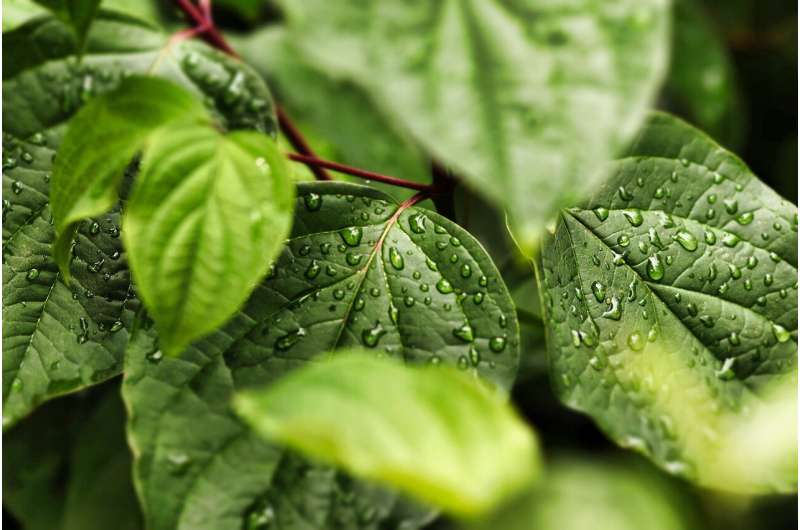Researchers reconstruct the biochemical mechanisms of photosynthesis

Responsible for the green color of plants, the essential mechanisms for the emergence of photosynthesis have just been explored at the level of plant cells. Scientists from the Universities of Neuchâtel (UniNE), Geneva (UNIGE) and Grenoble (F), as well as from ETH Zurich, reveal their discoveries in the journal eLife. Combining biochemistry, electron microscopy, and 3-D computer reconstruction, the phenomenon can now be visualized in moving images over time.
It all starts with organelles well known to biologists: chloroplasts. Nested in plant cells, they contain chlorophyll, the pigment that captures the energy of light to ensure photosynthesis. This beautiful chemical reaction uses sunlight to transform carbon dioxide from the air into energy and food that can be used by humans.
But how photosynthesis emerges is still a mystery. It is now largely described, thanks to work carried out at the University of Neuchâtel by Rosa Pipitone under the co-direction of Emilie Demarsy, a SNF Marie Heim-Vögtlin scholar at UniNE at the beginning of the project and now lecturer in Geneva, and Felix Kessler, professor of plant physiology at UniNE.
The study focused on the birth and multiplication of chloroplasts in the cells of Arabidopsis thaliana, the lab rat of plant scientists. "We showed that the phenomenon happens in two phases," explains Felix Kessler. First there is a structure-building phase, and then a phase of chloroplast multiplication. "
Above all, it is the speed of the phenomenon that was surprising: it takes less than 24 hours for a precursor organelle, the etioplast, to transform into a perfectly functional chloroplast. "We have established a complete roadmap for the development of chloroplasts, a process that is crucial for plant growth and survival," says Felix Kessler.
By integrating a diverse set of techniques, this study, praised by several external experts, has led to a model for the development of an organelle. This is the most comprehensive study on the emergence of photosynthesis to date, and opens up new avenues of research to optimize this process in plants of agronomic interest. This result also bodes well for more targeted methods of weed control, based on herbicides that would prevent greening and thus the survival of undesirable weeds, with little effect on the surrounding fauna.
More information: A multifaceted analysis reveals two distinct phases of chloroplast biogenesis during de-etiolation in Arabidopsis. www.biorxiv.org/content/10.110 … .08.30.274043v2.full
Provided by Université de Neuchâtel





















